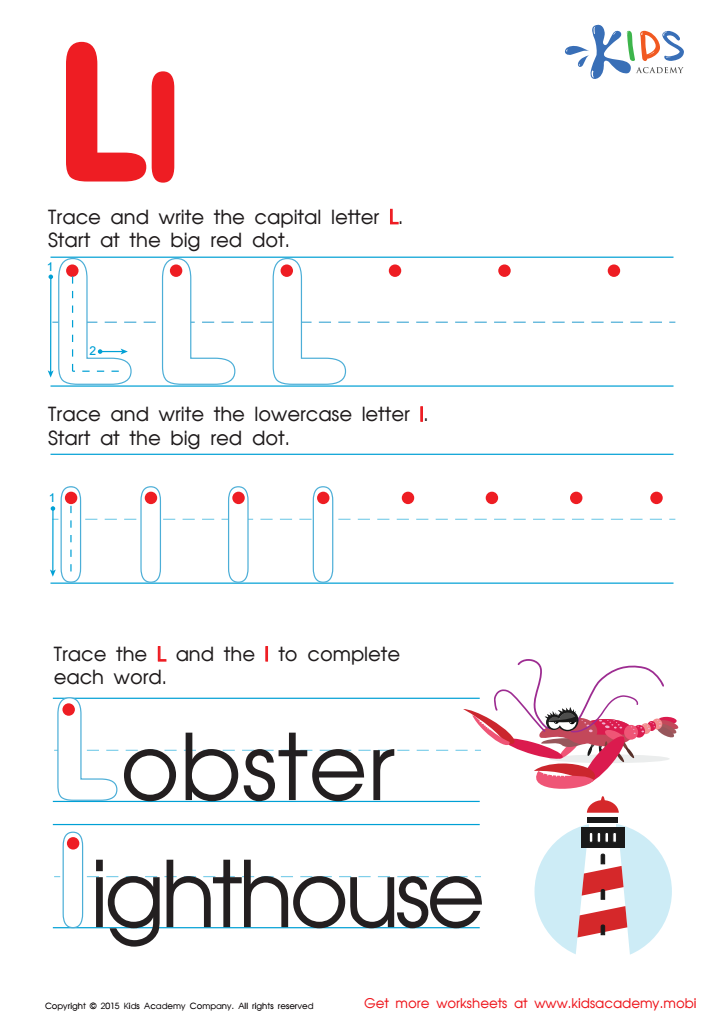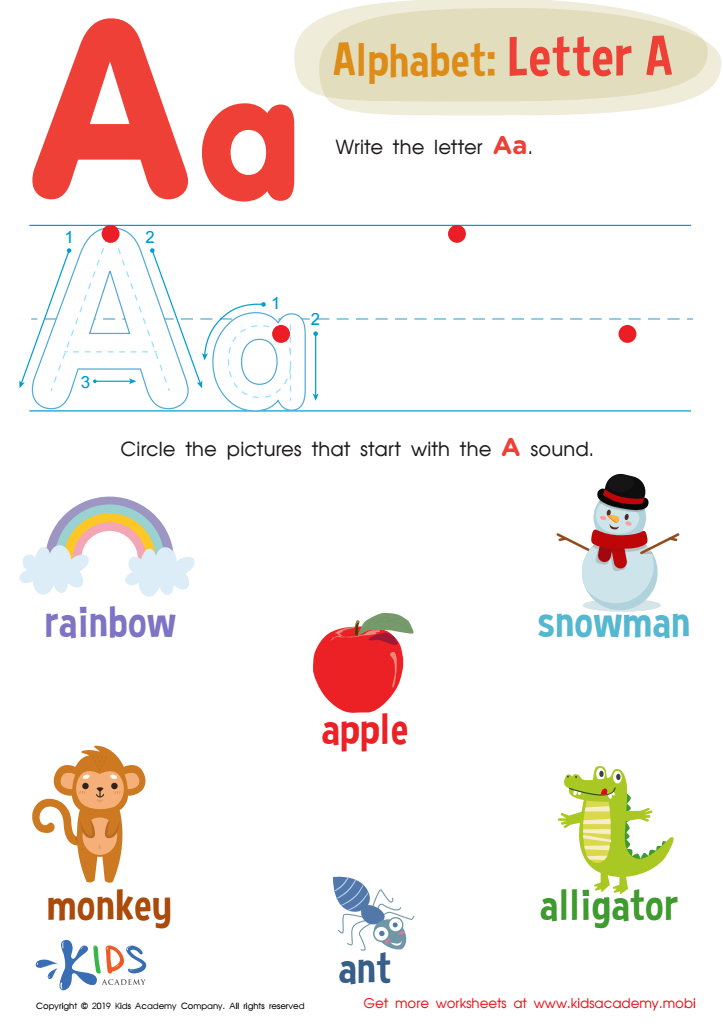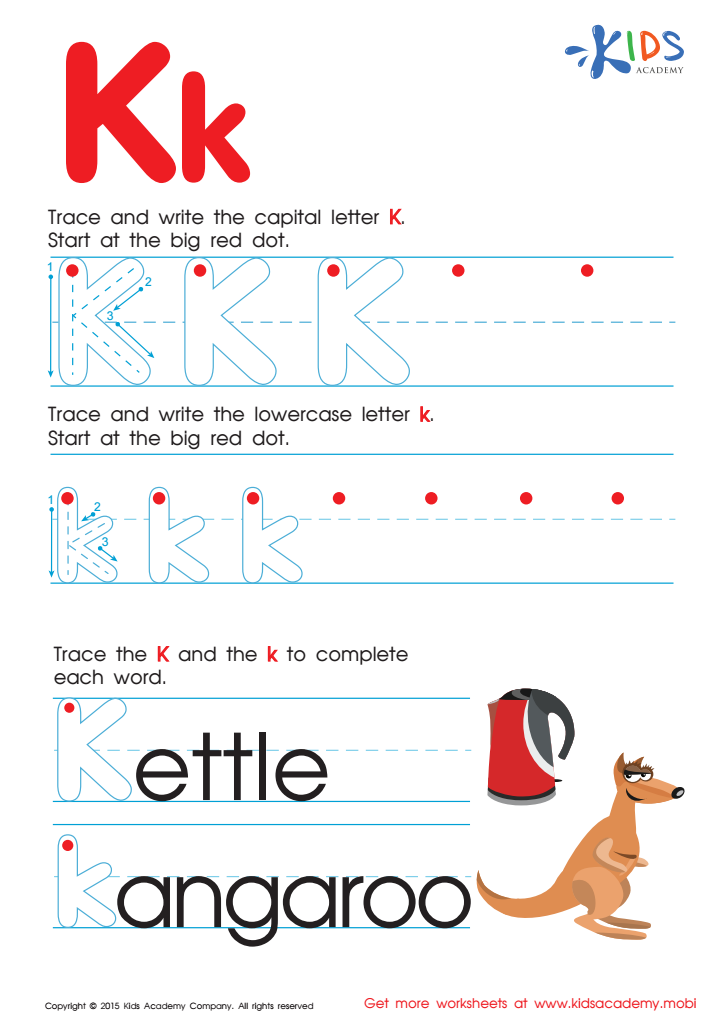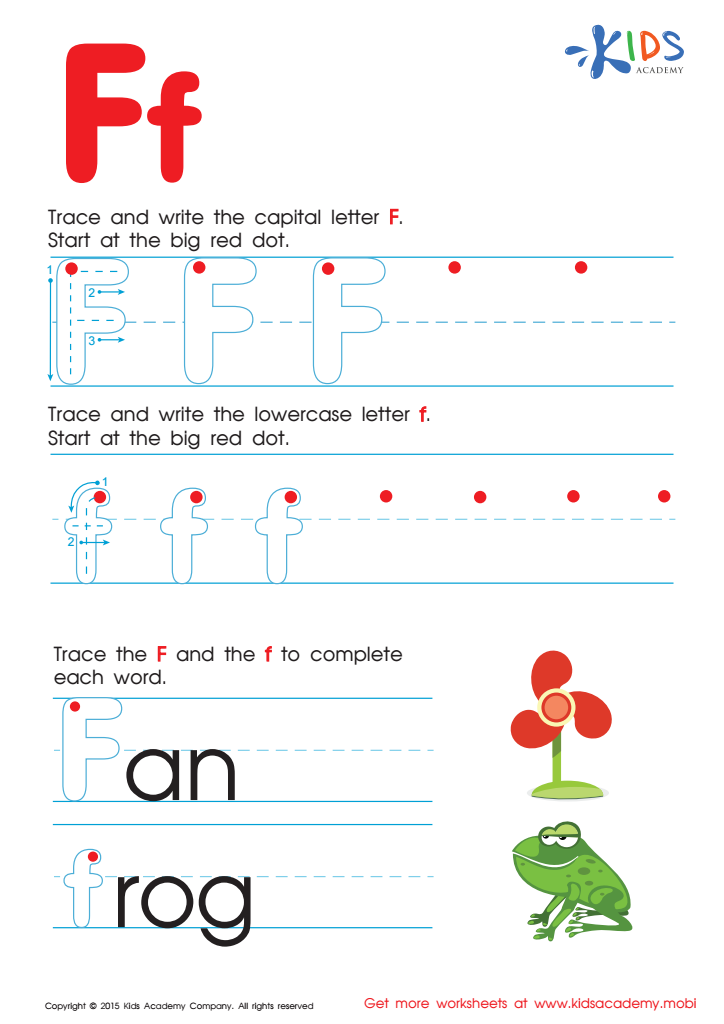Letter recognition Normal Tracing Letters Worksheets for Ages 3-7
9 filtered results
-
From - To
Introduce your child to the exciting world of letters with our "Letter Recognition Normal Tracing Letters Worksheets for Ages 3-7." These specially designed worksheets help young learners identify, trace, and write uppercase and lowercase letters. Featuring engaging visuals and easy-to-follow instructions, children can develop their fine motor skills while building a strong foundation in letter recognition and writing. Ideal for preschool and early elementary ages, our worksheets make learning the alphabet fun and interactive. Boost your child’s confidence and reading readiness with our expertly crafted tracing activities. Perfect for parents and teachers seeking quality educational resources!


Letter P Tracing Page


Letter Q Tracing Page


Letter H Tracing Page


Letter G Tracing Page


Letter L Tracing Page


Letter A Tracing Worksheet


Letter K Tracing Page


Letter F Tracing Page


Letter D Tracing Page
Letter recognition and proper letter tracing are fundamental skills for children ages 3 to 7, serving as the cornerstone of early literacy and academic success. By prioritizing these skills, parents and teachers can significantly enhance a child's learning journey.
Firstly, letter recognition is critical for developing reading abilities. Understanding and identifying letters are the basic building blocks of reading and writing. When children recognize letters, they establish the groundwork for phonemic awareness, which is the understanding that letters are associated with sounds. This phonemic awareness later translates to decoding words and reading independently.
Secondly, normal tracing of letters helps fine-tune motor skills and muscle memory necessary for writing. Proper tracing fosters the correct formation of letters, ensuring that children develop neat and legible handwriting. This skill not only influences writing tasks but also fortifies hand-eye coordination and fine motor competencies, which are vital for many other activities.
Moreover, enhancing letter recognition and tracing motivates children by building confidence. Each skill mastered boosts a child's self-esteem, instilling a positive attitude toward learning.
Investing time in these areas reaps extensive benefits, making reading and writing facilitated and pleasurable activities. For these reasons, letter recognition and normal tracing should be essential aspects of early childhood education, engaging both parents and teachers in active, supportive roles.
 Assign to My Students
Assign to My Students















